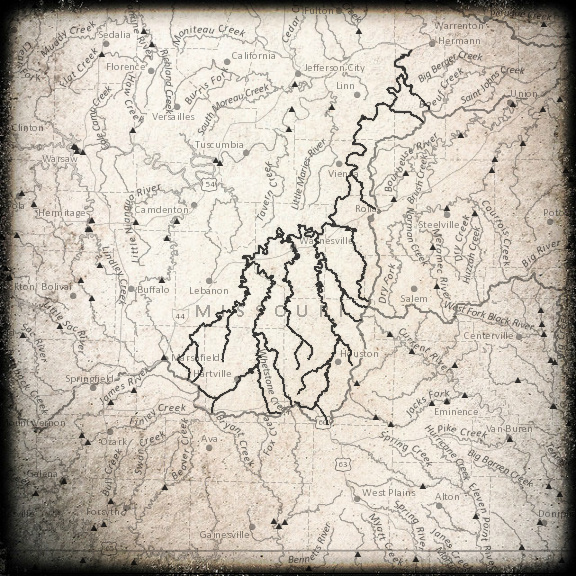Hello fellow lovers of nature and sound!
I bookmarked
this article ("The Piccolo and the Pocketgrouse," by Eric Wagner in Orion) to read a while back, and finally got around
to it when I woke up earlier than expected this morning. Given that I'm
not fully awake, lazily reading about the intersection of bird songs and
music theory was a perfect way to ease my way into consciousness for
the day. While reading the article I took the time to research some of
the musical pieces and listen to them as Wagner describes it. Tina, I
immediately thought of you with all of the ornithology in the piece, I'm
sure you've heard of some of the birds the writer featured in the
musical pieces!
Petites Esquisses D'oiseaux (translates into, "Small Bird Sketches," I think? "Small Sketches of Birds?") by Olivier Messiaen:
And Brooke, I know we've talked about classical
music before. This piece raises the question that comes along with any
great aural analysis - What is music? The music of birds, whales, etc.
is a collection of sounds that, although beautiful, are arranged
haphazardly. It's a stark contrast to the extended melodies of Western
music and what we would consider as intelligent composition. Which,
then, is the natural form of music? That which occurs organically in
animals, or the music we create because it abides by a set of rules and
is pleasing to the ear? Wagner addresses this in the second section.
Either way, the phrase "aural ecology" is now a part of my vocabulary now. What a beautiful term.
(Emily Doolittle's website, more links are in blue)
Music for Magpies: Pied Butcherbird [editor's note: Yes! Shrikes are incredible birds!]
Check it out when you have a few spare minutes, it's a fun concept to sink your teeth into :)
Also, check Paige out if you have a few spare minutes. She's a most joyful and curious writer, and a great travel partner to boot. Her tweets are music to *my* ears.





